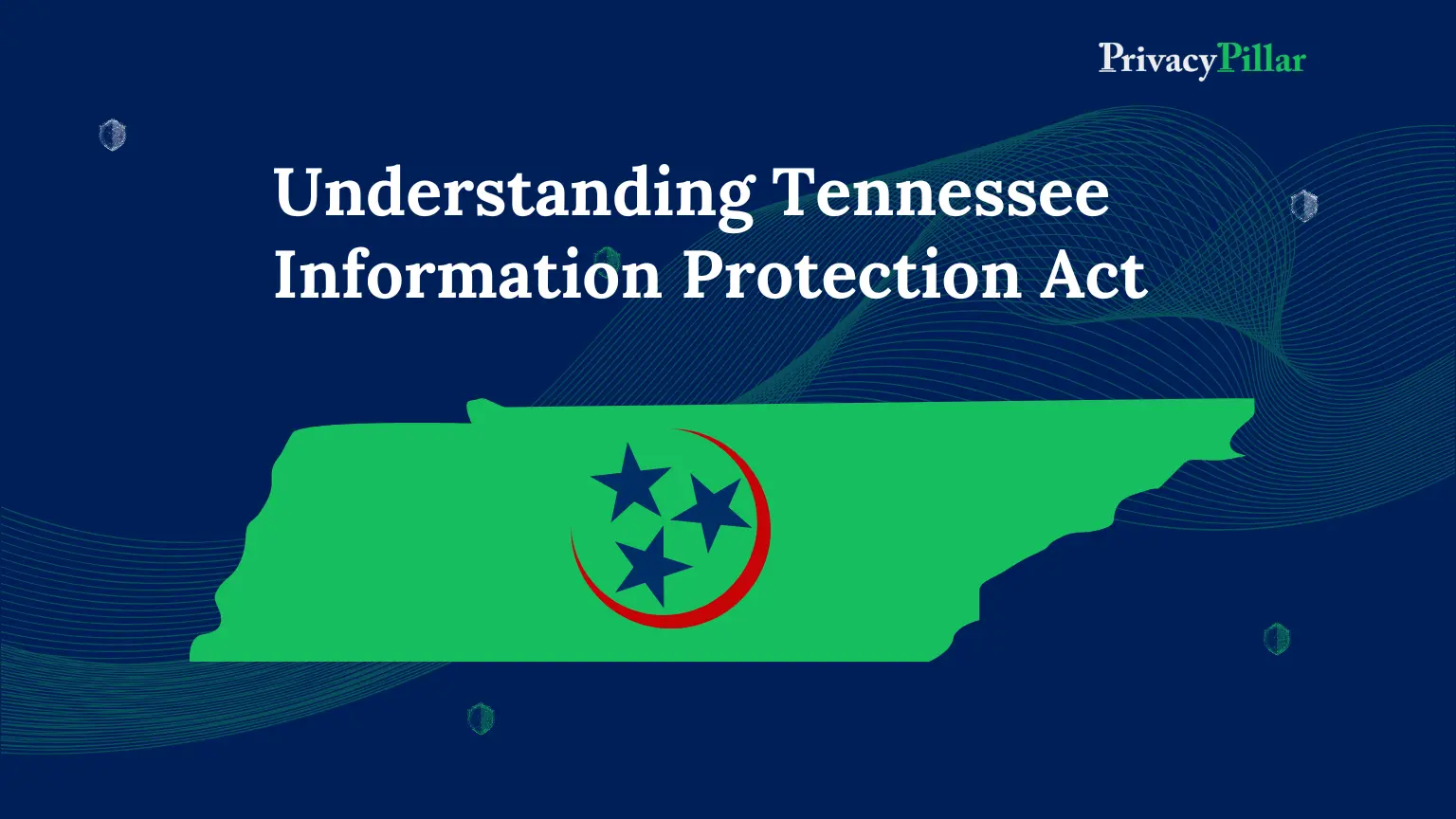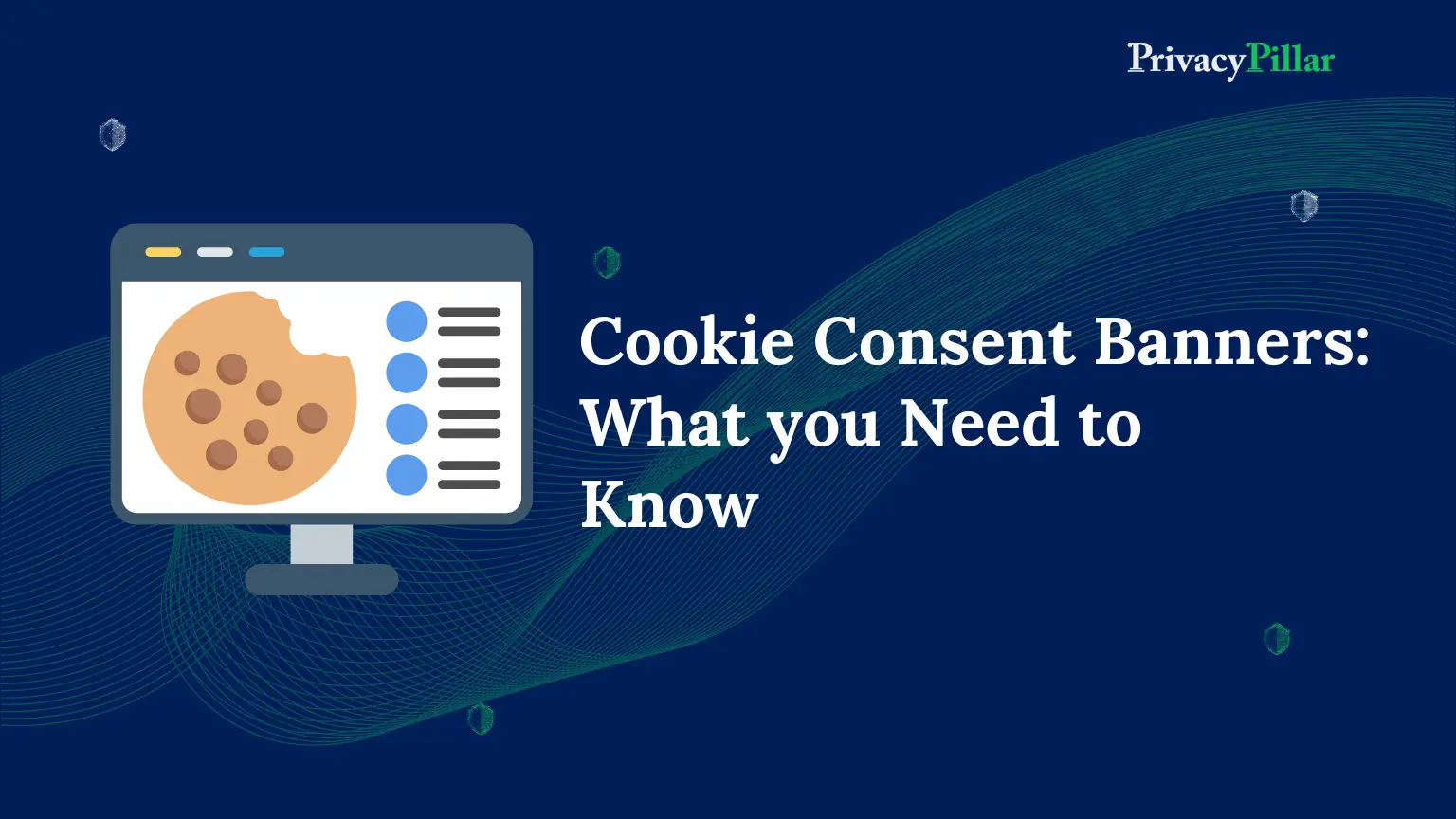How to build an effective Data Governance Strategy for your business
Trusted data serves as the foundation of contemporary business.
However, given that companies are collecting more data than ever before, it sounds challenging to maintain that foundation.
Unlocking the full potential of this data requires an efficient data governance strategy.
Benefits include improved collaboration, greater innovation, and more data-driven decision-making.
Implementing systematic data governance is necessary—a robust framework of the people, processes, and technologies involved.
By doing so, actionable intelligence is uncovered, rules are adhered to, and risks are reduced.
Have you had bad experiences with data governance in the past? Do you worry about the time and money commitments?
Do not be discouraged by prior failures or uncertainties.
You need a simple, iterative strategy because it offers “just enough” data governance to produce immediate benefits and quantifiable ROI.
In this blog, we explore the essential elements of an effective data governance strategy, how to implement data governance in your organization, and how to build a practical, economical program that aligns with your overall strategic goals to meet your company’s demands.
Consider this blog as your data governance roadmap.
Data Governance
Managing the data assets of an organization requires careful consideration of data governance.
Delivering prioritized business objectives and maximizing the value of your data across your organization are the primary goals of any data governance program.
Recognize that a data governance program needs to deliver results and address business challenges to be successful.
Start by determining the company goals, expected results, essential stakeholders, and the data required to achieve these goals.
Technology and data architecture are essential to enable data governance and accomplish these goals.
For example, if the objective is to improve customer loyalty, the data governance program should focus on identifying the points in the organization where customer data is generated and utilized.
The primary aim is to ensure the accuracy, completeness, security, and availability of this customer data for individuals who require it to make choices aimed at boosting customer retention.
Coordinating and standardizing policies, roles, and data management processes is essential to align them with the business objectives.
This will guarantee that data is utilized efficiently and that all parties pursue the same objective.
Although starting a data governance program or developing a data governance strategy may seem a considerable pursuit, you can make it a natural extension of your day-to-day operations by starting small and concentrating on delivering priority business outcomes.
What is a data governance strategy?
The daily activities that maintain data accessible, understandable, and secure are at the core of data governance.
A data governance strategy comprises the preparatory work done in the background that establishes comprehensive standards for how a company will consistently manage data.
This comprises:
- Assigning accountability for carrying out the procedures and policies,
- Establishing policies for data sharing and processing
- Processes for naming and storing data are created.
- Establishing measures to maintain clean, valuable data.
The structure provided by a data governance strategy links people with processes and technology.
People- When discussing data governance, the term “people” includes those who own, collect, store, manage, and use data and those individuals’ organizational structure, roles, and duties.
Policies- Data management, protection, and use are governed by policies that promote uniformity and compliance.
Process- Communication, teamwork, and data management processes, including data collection, storage, protection, and usage, are all included.
Technology- Data management platforms and security solutions are examples of the tools and systems that assist data governance.
It designates roles and holds particular people responsible for specific data domains.
It creates the standards, processes, and documentation structures for the organization’s collection and management of data.
By keeping data clean, correct, and usable, this maintains integrity. You ensure secure data storage and access by using this framework.
Importance of Data Governance Strategy
According to a famous saying, “Bad facts make bad law.”
Likewise, poor data results in poor decisions in the field of analytics.
A data governance policy helps prevent “bad data” in your organization and the potentially poor decisions that might follow from it.
Businesses also need a data governance policy to provide a uniform approach to the valuation, generation, usage, and control of data because they produce far more than they can handle from hundreds of sources.
You do not want a lack of strategy in your company because it might result in many difficulties.
Here are some reasons why businesses need a data governance strategy:
- Easy access to data
It makes data accessible, allowing users to quickly search and utilize structured and unstructured data.
- Data consistency is maintained
Consistency is maintained by standardizing data fields across databases and departments, making it simple to modify and explore data (and use it to make decisions).
- Maintains data accuracy
Preserves the integrity and worth of analytics; outdated or irrelevant data must be deleted, updated, or corrected.
- Bolsters data security
Companies must identify and protect sensitive data to pass compliance audits across all locations.
This includes the locations of the organization’s data storage, processing, and transmission facilities—details that must be prepared to be shared with auditors or, increasingly, with people whose personal data has been collected and who want a say in how businesses use it.
How does Data Governance support a Data Strategy?
The data strategy of a business focuses on all the people, processes, and technology required to use data assets effectively and provide commercial value in line with the business strategy.
This could involve improving operating effectiveness, cutting costs, reducing risks, or generating more money.
Data governance establishes policies and processes for keeping data safe and usable and the framework for managing data and its associated assets.
A data governance plan is a subset of a broader data strategy; it establishes the framework for effectively governing data and makes it possible to meet and execute the more comprehensive data strategy in line with the business strategy.
Defensive vs Offensive
The goal of a defensive data strategy is to reduce risk. The related activities are as follows:
- Regulations requiring compliance, such as laws governing data protection and financial reporting
- Identifying and reducing the risk of theft and fraud
- Locating, managing, and standardizing authoritative data sources
An offensive data strategy, on the other hand, promotes business objectives. These activities consist of the following:
- Gaining knowledge about customer demands
- Combining market and consumer data to formulate future business goals
- Assisting the pipelines for sales and marketing
- Improvement of processes and operational effectiveness
A robust data governance plan can help organizations balance offense and defense.
For example, controlled, labeled data facilitates the implementation of appropriate privacy controls over sensitive information and provides more accurate analytics, provided that this data is centrally situated, well-curated, and accessible to everybody.
How to Develop a Data Governance Strategy?
What uses of data does the business want to make? Your data strategy should be simple to understand and communicate with others.
If everyone is supposed to follow the plan, it is unlikely to be successful if only a data scientist comprehends it.
Every phase of such a plan is supported in large part by governance.
However, data governance must be implemented before governance can support a strategy.
Let’s look at the seven essential steps for implementing data governance into practice:
1. Identify and Prioritize Existing Data
A business must be aware of the data it already has to develop a data governance strategy.
The company should start by doing the following as part of this process:
Inventorying the data
Make a comprehensive list of information resources with the relevant metadata.
Data classification
Analyze structured and unstructured data to classify it into appropriate categories.
Data and knowledge curation
Active metadata management and data catalogs can be used to arrange and maintain datasets.
2. Select a Metadata Storage Alternative
Traditionally, business departments have their databases for managing metadata. As a result, data is now siloed, restricting the exchange and reuse of metadata assets.
The importance of selecting a metadata-centralized storage solution lies in the following:
- Collection on a variety of platforms
- Reuse of metadata for good
- The ability to view data history
- Effective stewardship and governance
- The scalability and flexibility required for analytics are ensured by centralizing metadata.
Additionally, it helps various departments in the understanding of data lineage.
3. Construct and transform the metadata
This is considered one of the most laborious tasks. It includes returning to the raw metadata, reformatting it, fixing it, and fusing datasets into data catalogs.
The three main activities are:
Validating and cleaning data
Removing outliers, adding missing values, establishing data standards, and hiding sensitive information.
Transforming
Updating values or formats ensures that all data is understandable and used within the business.
Designing templates
Make templates for a data dictionary, a business glossary, and business metadata. By doing so, you may arrange your data vocabulary and keep track of the number of data assets or phrases you upload to your network.
4. Create a governance framework
There isn’t a data governance model that works for everyone and everywhere. Companies have traditionally used passive, compliance-focused frameworks.
These specified how users created, stored, maintained, and discarded data.
However, to fully benefit from analytics, businesses require modern data governance frameworks that:
- Respond to various styles and consider the context.
- Promote innovation.
- Provide a dynamic, flexible strategy across the organization and ecosystem.
- Include rights to distributed decisions that connect to value
- Actively proactively manage risks.
Additionally, the governance model must be centralized or federated. Additionally, the model you select should be based on the requirements of your business:
Centralized Governance Model
A centralized governance model is one in which one group establishes standards for governing data.
This group establishes key data components and guidelines for approving business terms involving data.
It also covers fundamental processes that each team member must follow.
Federated Governance Model
Multiple groups having control over data is called a federated governance model. This is helpful when departments have different data needs.
5. Create a Distribution Process
Strategies for modern data governance should democratize data. Only when people abide by data governance principles can they be effective.
Because of this, policies operate best when incorporated into everyday tasks, processes, and tools.
Organizations should think about the following to effectively manage regulatory risk:
- Proper onboarding of new employees
- Training employees about usage rules and regulations
- Encouraging employees to share knowledge
- Establishing processes for requesting and implementing adjustments
6. Identify Possible Risks
Regulations about security and compliance are constantly changing. For example, companies must implement security controls per the General Data Protection Regulation (GDPR) and the California Privacy Rights Act (CPRA).
Companies should consider the following possible risks in their data governance strategy:
- Excessive access: Even at the data field level, everyone should have the least access required to perform their duties.
- Secure storage sites: To stop cybercriminals from accessing or stealing data, security controls must be in place at all locations where sensitive data is stored.
7. Adapt Your Data Governance Framework Constantly
Businesses are dynamic, and so should their data strategies.
Companies must constantly modify and enhance their data governance processes.
This enables them to react to problems arising, such as increasing risks to data privacy.
Automation is necessary for organizations to monitor and assess the success of their strategy to:
- Assess policy compliance
- Monitor data use.
- Maintain uniformity in data quality
- Examine curation.
Tips to Make Your Data Governance Program and Strategy Successful
The following information should be kept in mind to ensure the success of your data governance program and strategy:
Facilitate a People-Centric Approach throughout the Process
Putting people first is a crucial component of the data governance process.
The aim is to establish a data culture that motivates individuals to take ownership of the assets in the data catalog.
It is crucial to identify your stewards or people who have the most knowledge of the data as you create a data catalog and include new assets.
Your subject matter experts on assets use it the most.
Subsequently, it’s critical to motivate your stewards to impart their tribal knowledge by awarding them recognition like badges, certification levels, cash bonuses, tangible presents, paid time off, etc.
This approach encourages users to take ownership. It also reassures them that one can unquestionably rely on their knowledge source.
As a result, users are more empowered to use the information available to them.
Accept flexibility
Understand that data governance is a process rather than a destination.
Remain flexible in modifying your program to align with changing market conditions, organizational objectives, and data sources.
Evaluate your program and make necessary adjustments to meet evolving demands.
Make change management a priority.
Integrate change management into your program to increase user acceptance. Link it to ongoing projects and business objectives.
Changes and their effects on business users should be communicated clearly.
Assign responsibilities, offer relevant data literacy training, and acknowledge all accomplishments, no matter how minor.
Prioritize intention over complexity.
Create a detailed plan that explains goals and expectations in detail. Make sure that everyone is aware of and on board with the program.
For both short-term value and long-term success, it is essential to establish the appropriate people and processes.
Using this strategy, your data governance program will improve analytics and data quality, benefiting the company.
Conclusion
In short, you can create a data governance program that supports the delivery of accelerated business outcomes and is tailored to your organization’s specific requirements by involving key stakeholders and using an incremental structured approach.
A data governance program’s implementation may face unique challenges, such as a lack of support, resistance to change, and awareness of the benefits of data governance.
These obstacles can be addressed by convincing all relevant parties of the program’s worth and advantages, supplying guidance and assistance to those in charge of carrying it out, and involving essential decision-makers in the planning stage.
You can ensure the success of your program and extract quantifiable value from your organization’s data assets while managing your data efficiently, enhancing the quality of your data, and preserving the integrity of your data throughout its lifecycle by implementing a data governance program that generates essential business outcomes.
So, where are you in your data governance journey? Reach out to our experts at PrivacyPillar to find out.



